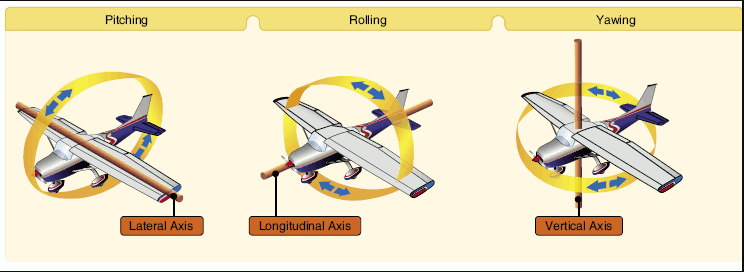Note4Students
From UPSC perspective, the following things are important :
Prelims level: Types of Flight Turbulence and Causes of Flight Turbulence
Mains level: Impact of Climate Change on Flight Turbulence
Why in the news?
On May 21, severe turbulence over Myanmar caused one death and 70 injuries on a Singapore Airlines flight. Qatar Airways had 12 minor injuries on May 26.
What is Turbulence?
- Turbulence, unpredictable air motion caused by eddies and vertical currents, ranges from minor bumps to severe disruptions, often associated with fronts and thunderstorms.
Flight Turbulence

Types of Flight Turbulence
Note: Attitude is the angular difference measured between an aeroplane’s axis and the line of the Earth’s horizon.
- Light Turbulence: Slight erratic changes in the aircraft’s orientation.
- Moderate Turbulence: Notable changes in altitude and attitude, but the aircraft remains under control.
- Severe Turbulence: Significant and sudden changes of altitude and attitude, momentarily losing control.
- Extreme Turbulence: The aircraft is violently tossed about and is almost impossible to control.
Causes of Flight Turbulence
- Mechanical Turbulence: Caused by friction between the air and the ground, especially over irregular terrain and man-made obstacles. Includes ‘mountain waves’ over mountain ranges.
- Convective/Thermal Turbulence: Resulting from hot air rising rapidly and cooler air descending, creating convective air currents. Often occurs during the approach.
- Frontal Turbulence: Created by the lifting of warm air by a sloping frontal surface and friction between opposing air masses, commonly near thunderstorms.
- Wind Shear: Caused by changes in wind direction and/or speed over specific distances, found in temperature inversion areas, troughs, lows, and around jet streams.
- Clear Air Turbulence (CAT): Occurs at high altitudes outside of clouds, often near jet streams, and is difficult to predict or see.
Impact of Climate Change on Flight Turbulence
- Increased Incidence: Studies indicate a rise in severe turbulence, particularly CAT, with the growth in air traffic and climate change.
- Jet Stream Intensification: Climate change strengthens jet streams, increasing the frequency and severity of turbulence.
- Mountain Wave and Near-Cloud Turbulence: Predictions suggest these types of turbulence will also intensify with climate change, leading to more frequent and severe occurrences globally.
Way forward:
- Safety Measures: Continuous improvement in aircraft design, weather forecasting, and pilot training helps mitigate the risks associated with turbulence.
- Passenger Advice: Passengers are advised to keep their seat belts fastened as much as possible to avoid injuries during unexpected turbulence.
- Regulatory Recommendations: Aviation authorities recommend better communication, real-time information sharing, and enhanced training to prevent turbulence-related incidents.
Mains PYQ:
Q Most of the unusual climatic happenings are explained as an outcome of the El-Nino effect. Do you agree? (UPSC IAS/2014)
Get an IAS/IPS ranker as your 1: 1 personal mentor for UPSC 2024
